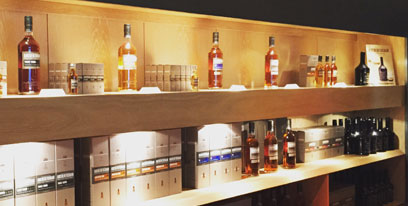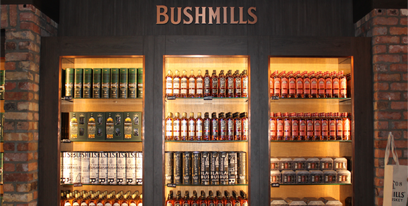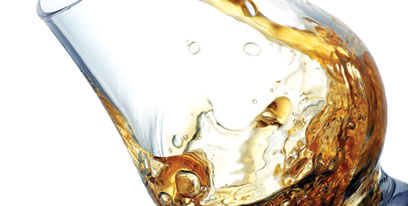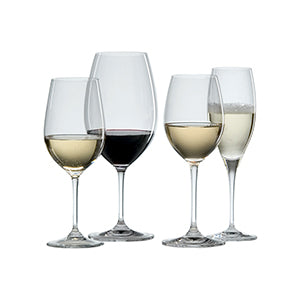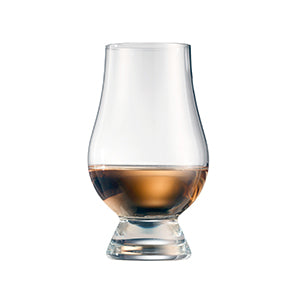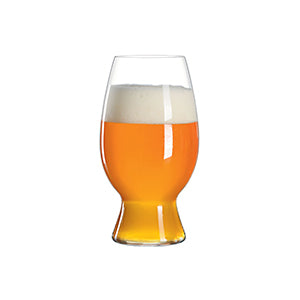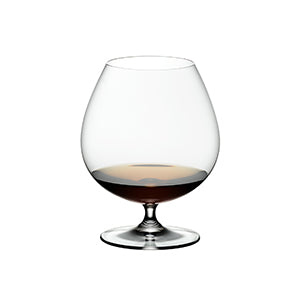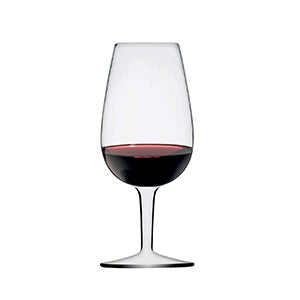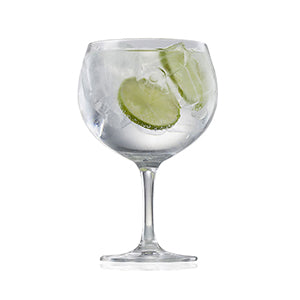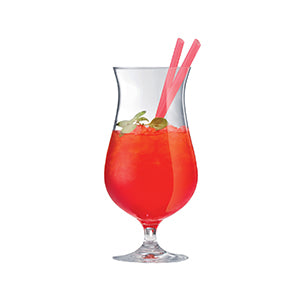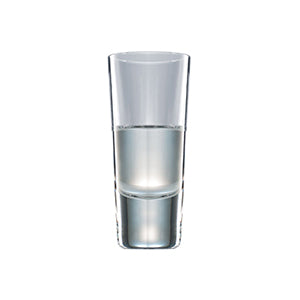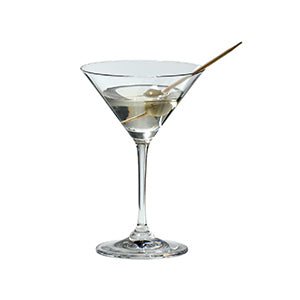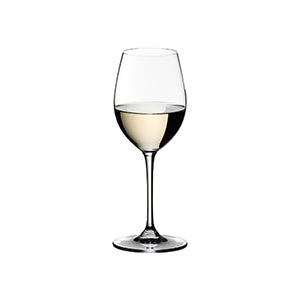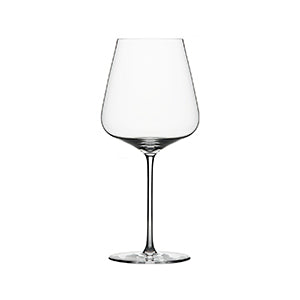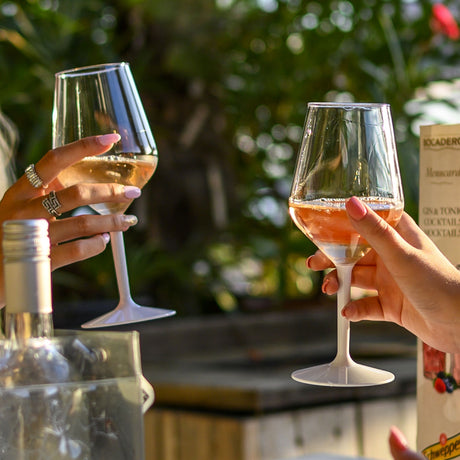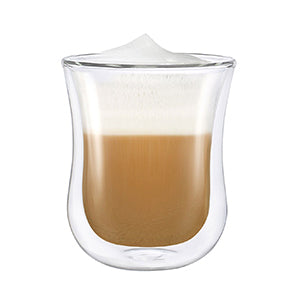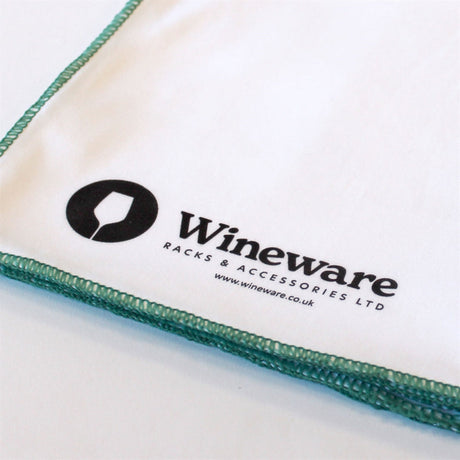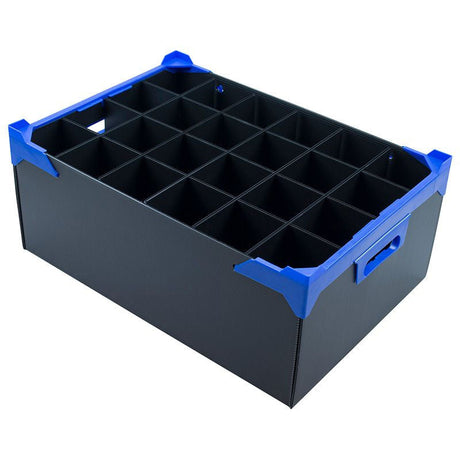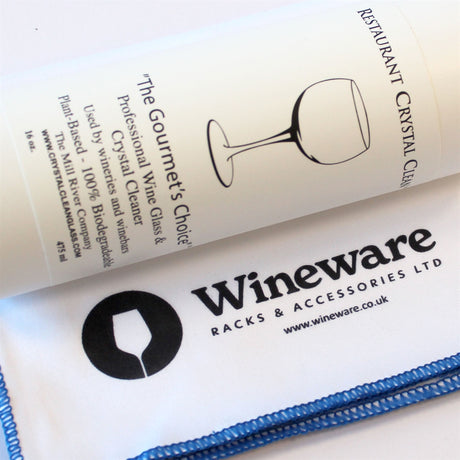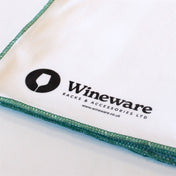- Scotland has six whisky regions: Highlands, Speyside, Lowlands, Campbeltown, Islay, and Islands.
- Speyside is by far the most extensive whisky-producing region in Scotland.
- Scottish Whisky 'Scotch' is renowned around the world.
Scotch whisky is produced across the entire country, and each of the six regions (Highlands, Speyside, Lowlands, Campbeltown, Islay, and Islands); brings its own unique character to the spirit. Just like wine, the geography, climate, and local traditions of each area deeply influence the whisky’s flavour, aroma, and appearance. Though Scotland isn’t a large country geographically, the variety in whisky profiles is astonishing.
Whiskies from coastal distilleries often carry briny, maritime notes that are worlds apart from the softer, grassy styles found inland. A single malt from one of the rugged Islands will differ significantly from those crafted in the densely populated distilleries of Speyside. Even within the same region, whiskies can display a wide range of aromas and flavours depending on local methods and microclimates.
Given its global prestige, understanding the regional distinctions of Scotch whisky is essential for enthusiasts and newcomers alike. Each area has produced iconic distilleries whose bottles are staples in bars worldwide. Below, we explore each Scottish whisky region in more detail, highlighting notable distilleries and signature flavours and explaining how to distinguish them.

Highlands Scotch Whisky
- Most famous Highlands Whisky: Dalmore and Glenmorangie
- Number of distilleries: Over 25
- Typical Highland flavours: Fruit Cake, Malt, Oak, Heather, Dried Fruit and Smoke
The Highlands is Scotland’s largest whisky-producing region, stretching from just north of Glasgow, spanning the area between the Clyde estuary and the River Tay, all the way to Thurso in the far north. It also encompasses much of the east and west, excluding Speyside. Owing to its vast geographical area, Highland whisky is incredibly diverse, making it challenging to define a single regional style. Instead, it's more accurate to divide the Highlands into four subregions: north, east, south, and west, each with its own distinctive character.
In the north, you’ll find full-bodied single malts that are sweet and rich in character, with Glenmorangie and Dalmore standing out as two of the region’s most recognisable names. The eastern Highlands tend to produce lighter, fruitier whiskies, such as Glendronach. The southern Highlands share a similar profile, often offering softer, more delicate drams like Aberfeldy. Meanwhile, the western Highlands are known for robust, full-bodied whiskies with a noticeable peaty influence, shaped by the coastal climate, Oban being a prominent example.
Thanks to its sheer size, the Highlands accounts for around 25% of all whisky produced in Scotland. When combined with the neighbouring Speyside region, this figure rises dramatically to approximately 85% of Scotland’s total whisky production.

Speyside Scotch Whisky
- Most famous Speyside Whisky: Macallan, Dalwhinnie, Glenlivet and Glenfiddich
- Speyside's Glenfiddich is the World's Best-Selling single malt whisky.
- Number of distilleries: Over 60
- Typical Speyside flavours: Apple, Vanilla, Oak, Malt, Nutmeg and Dried Fruit
Speyside is a whisky-producing region located in the northeast of Scotland, centred around the River Spey. Due to its high concentration of distilleries, it is technically considered a subregion of the neighbouring Highlands. Speyside is home to the most significant number of distilleries in Scotland, with well over 60 currently in operation.
This region is renowned for its broad spectrum of whisky styles, though it is especially famous for sweet, elegant single malts with little to no peat influence. These approachable characteristics make Speyside whiskies an ideal starting point for those new to Scotch, offering a smooth introduction and a chance to explore personal preferences in flavour and aroma.
Some of the world’s most iconic Scotch whiskies hail from Speyside, including Glenlivet, Glenfiddich, and The Macallan, three globally recognised names that together account for around one-third of all single malt whisky sales. In fact, more than 60% of Scotland’s total single malt production comes from active distilleries in Speyside. This not only highlights the region’s significance in Scotch whisky but also its vital role in Scottish exports and global recognition of the country’s craftsmanship.

Lowlands Scotch Whisky
- Most famous Lowlands Whisky: Auchentoshan, Glenkinchie
- Number of distilleries: Under 5
- Typical Lowland flavours: Grass, Honeysuckle, Cream, Toffee, Toast and Cinnamon
The Lowlands is the second-largest whisky region in Scotland by area, yet it is currently home to fewer than five active distilleries. Geographically, the Lowlands cover the southern part of Scotland, stretching just north of Glasgow and Edinburgh. The region borders the Highlands along a historical county line that runs from the Clyde estuary in the west to the River Tay in the east. Everything south of this line, down to the English border, is classified as the Lowlands in whisky terms.
Lowland whiskies are typically light, delicate, and unpeated, offering a subtle and approachable flavour profile. Historically, all Lowland whiskies were triple distilled, a technique that once set the region apart. Today, Auchentoshan remains the only regional distillery to carry on this tradition across its entire range. Owing to their inland location, Lowland whiskies can also carry a faint salinity, adding a gentle complexity. This refined style makes them an excellent introduction to the world of single malts, particularly for those new to Scotch whisky.

Campbeltown Scotch Whisky
- Most famous Campbeltown Whisky: Glengyle and Springbank
- Number of distilleries: Under 5
- Typical Campbeltown flavours: Brine, Smoke, Dried Fruit, Vanilla and Toffee
Campbeltown is located on the Kintyre peninsula at the foot of the Mull of Kintyre and, while part of mainland Scotland, it is geographically closer to the islands of Arran and Islay than many other mainland whisky regions. Once a booming whisky capital, Campbeltown was home to over 34 distilleries at its peak. However, a dramatic downturn in the 1850s, marked by a 50% decline, led to a significant collapse in its fortunes. Contributing factors included the rise of better transport links to northern distilleries and a decline in quality, as local producers prioritised quantity over craftsmanship, resulting in inferior whisky.
Today, Campbeltown has just three active distilleries, but it retains a proud and distinctive character. Whiskies from the region are known for their dry, often briny profiles and occasionally carry a pungent, maritime influence, reflecting the area's coastal setting.
Despite its small size, Campbeltown produces an impressively varied range of whiskies. Springbank is renowned for its robust, complex, and heavily smoky expressions, while Glen Scotia favours lighter, grassy styles. This diversity, combined with its storied history, makes Campbeltown a unique and vital part of Scotland’s whisky landscape.

Islay Scotch Whisky
- Most famous Islay Whisky: Ardbeg, Laphroaig, Lagavulin and Bruichladdich
- Number of distilleries: Under 10
- Typical Islay flavours: Seaweed, Brine, Carbolic Soap, Apple, Smoke and Kippers
The Scottish island of Islay (pronounced eye-luh) lies to the west of the mainland and is the smallest of Scotland’s whisky regions by area. Despite its modest size, Islay has eight active distilleries, including three internationally renowned: Ardbeg, Laphroaig, and Lagavulin.
Islay is best known for its bold, peaty single malts, characterised by intense smokiness, maritime notes, and a distinctive medicinal quality that whisky lovers either adore or acquire a taste for. The island holds a special place in Scotch whisky history; distillation is believed to have arrived in Scotland from Ireland via Islay as early as the 13th century. This early start contributed to the island’s long-standing tradition of whisky-making and its concentration of distilleries, both past and present.

Islands Scotch Whisky
- Most famous Islands Whisky: Highland Park, Talisker and Jura
- Number of distilleries: Under 10
- Typical Island flavours: Smoke, Brine, Oil, Black Pepper and Honey
The whiskies produced on the islands surrounding mainland Scotland offer a remarkably diverse range of flavours. Although the Scotch Whisky Association does not officially recognise these islands as a separate whisky region, they are often grouped together geographically due to their shared island status.
Scotland boasts nearly 800 islands off its coastline, though only a handful are inhabited. This vast array of islands contributes to significant variation in whisky styles from north to south. Among the inhabited islands, Orkney is home to two distilleries, Scapa and Highland Park. The Isle of Lewis & Harris hosts Abhainn Dearg, while Talisker is situated on the Isle of Skye, Tobermory on Mull, and both Jura and Arran operate distilleries on their namesake islands.
Despite their diverse flavour profiles, peatiness and a touch of salinity are common threads running through Island whiskies, the latter reflecting the close proximity to the sea.
Talisker is currently the largest distillery among the island producers, with an annual capacity of 2.6 million litres. Its bottles can be found in bars across the world, making it a flagship example of Island whisky.

Shop > Whisky Glasses
We have glassware for whisky covered, from the award-winning Glencairn Whisky Glass to the more traditional tumblers. We also have a great collection of whisky decanters ideal for scotch whiskey and other spirits such as cognac, brandy, port, and more!
Click here to view our vast selection of whisky glasses perfect for Scotch Whisky.
To purchase some of these fantastic whiskies, check out our friends at Hennings Wine Merchants, as well as The Whisky Exchange and Masters of Malt.

